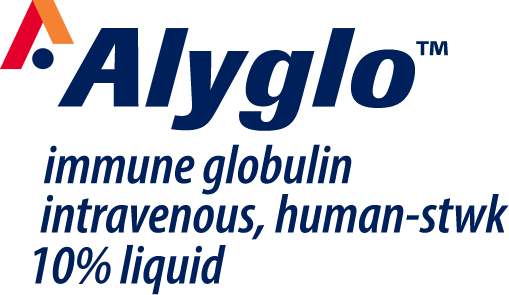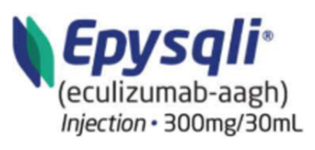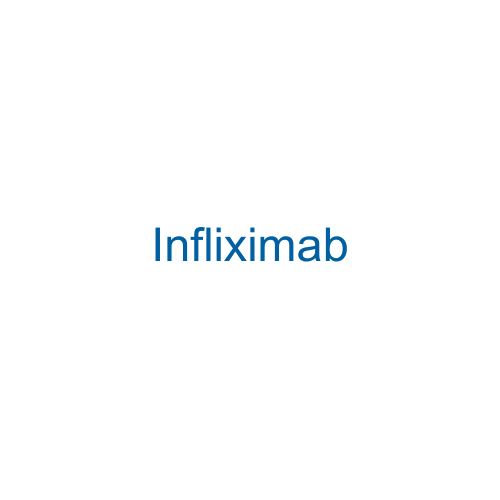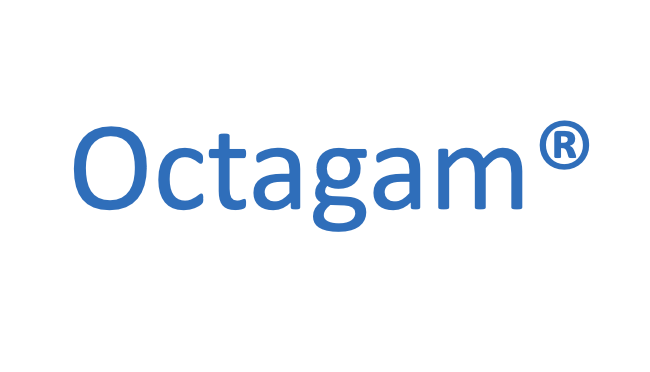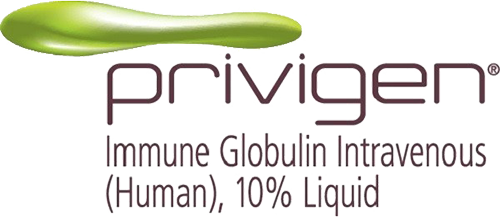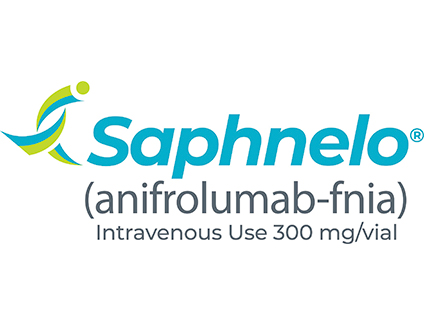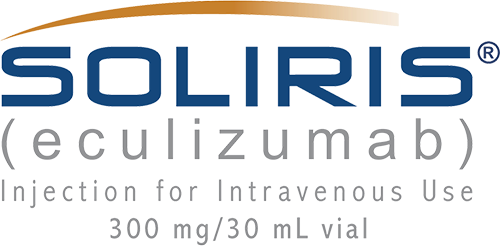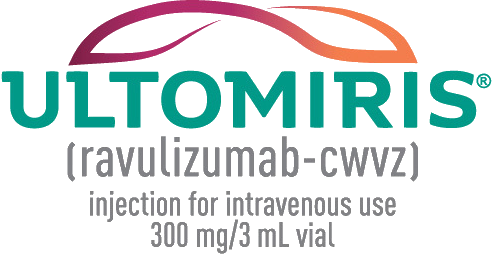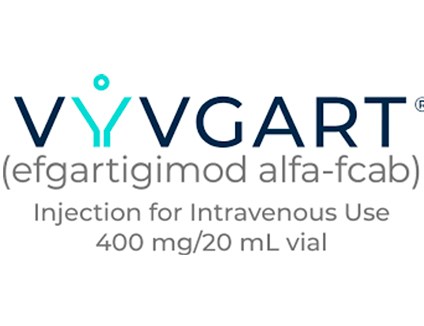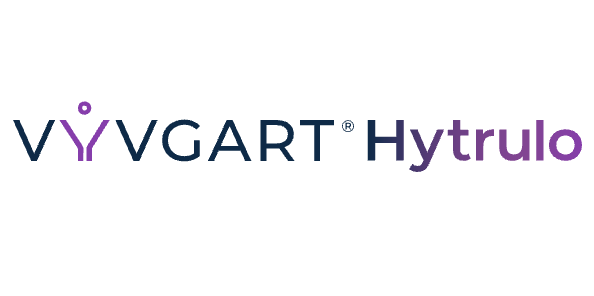Intravenous Immunoglobulin (IVIG)
Understanding Intravenous Immunoglobulin
Intravenous Immunoglobulin (IVIG) is a plasma-derived therapy composed of pooled immunoglobulin G (IgG) antibodies extracted from the plasma of thousands of healthy donors. It is used to support or modulate the immune system in individuals with immune deficiencies, autoimmune diseases, and certain neurological or inflammatory conditions. IVIG is administered via intravenous infusion, and dosing schedules vary depending on the condition being treated.
How IVIG Works:
- Replaces missing or deficient antibodies in individuals with primary or secondary immunodeficiencies, helping to prevent infections.
- Modulates immune system activity by neutralizing autoantibodies or inflammatory cytokines in autoimmune and inflammatory disorders.
- Blocks the activation of harmful immune cells and suppresses antibody production in certain neurological and hematologic conditions.
- Provides passive immunity in some infectious or post-exposure situations when rapid immune support is needed.
Common Uses for IVIG:
- Primary Immunodeficiency Diseases (PIDD): Supports the immune system in patients with conditions like Common Variable Immunodeficiency (CVID) or X-linked Agammaglobulinemia.
- Autoimmune Neurological Conditions: Used to treat disorders such as Guillain-Barré Syndrome, Chronic Inflammatory Demyelinating Polyneuropathy (CIDP), and Multifocal Motor Neuropathy (MMN).
- Immune Thrombocytopenia (ITP): Helps increase platelet count by modulating immune response.
- Kawasaki Disease: Reduces the risk of coronary artery aneurysms in children.
- Myasthenia Gravis and Lupus: Helps control flares and immune-mediated symptoms in select patients.
FDA Approval:
- 1981–1986 – Approved for Primary Immunodeficiency Diseases.
- 1990s–2000s – Expanded approvals for ITP, Kawasaki Disease, and certain neuropathies.
- Ongoing – Frequently used off-label for other autoimmune and inflammatory disorders, depending on clinical evidence and physician discretions.
Vivo Infusion administers particular brands of IVIG based on several factors, including physician prescription and insurance approvals. Speak with your healthcare provider to determine if IVIG is the appropriate treatment option based on your condition and medical history.

Referral Form: |
WHAT IT TREATS: |
MANUFACTURER: |
CLASS: Intravenous Immunoglobulin |
|
PRESCRIBED BY:
|
|
HOW ADMINISTERED: IV Infusion |
|
FREQUENCY: Condition SpecificPrimary Immunodeficiency (e.g., CVID, XLA):
Chronic Inflammatory Demyelinating Polyneuropathy (CIDP):
Guillain-Barré Syndrome (GBS):
Multifocal Motor Neuropathy (MMN):
Myasthenia Gravis (severe flare):
Immune Thrombocytopenia (ITP):
Kawasaki Disease:
|
Length of infusion: About 2-4 hours, brand and dose dependent |
FOR MORE INFORMATION: |

